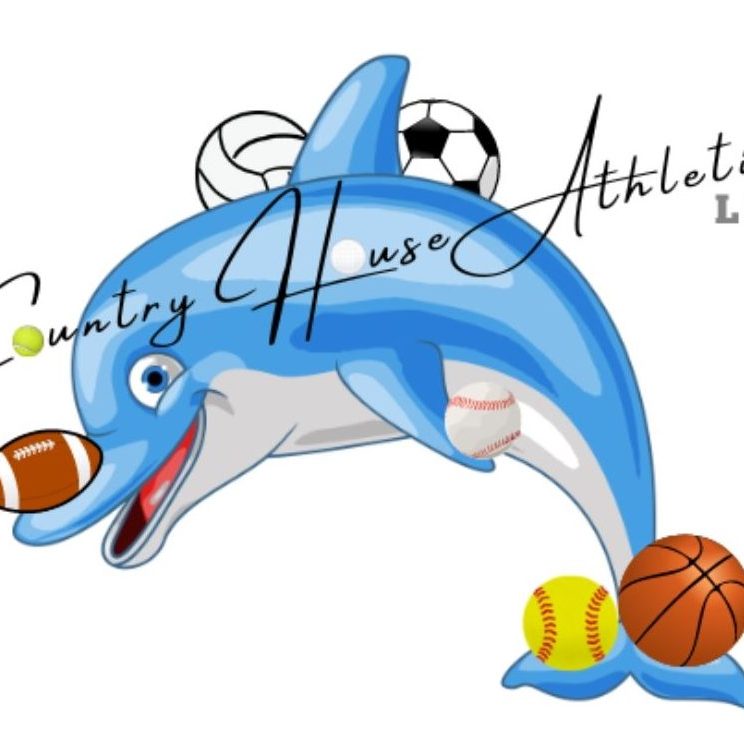Understanding Sudden Cardiac Arrest in Youth Athletes: What Parents Need to Know
One of the absolute worst case scenarios for any Athletic Trainer occurred in front of a national television audience when Damar Hamlin experienced his cardiac episode. It’s not something sports fans will soon forget. It’s not something that could just happen to a collegiate or professional athlete. Sudden cardiac arrest (SCA) in young athletes is a rare but serious event that all parents, coaches, and athletic administrators should be aware of when conducting all athletic activities. While we often associate youth sports with fun, skill development, and teamwork, ensuring your child’s safety must always be a top priority. One of the most critical components of that safety is preparing for and preventing cardiac emergencies.
What Is Sudden Cardiac Arrest?
SCA occurs when the heart suddenly and unexpectedly stops beating due to an irregular rhythm of some sort. Unlike a heart attack, which is caused by a blockage in the arteries, SCA results in an immediate loss of heart function, often leading to collapse and unconsciousness. Without immediate intervention, it can be fatal within minutes.
Common Cardiac Conditions in Youth and Adolescent Athletes
Several underlying conditions can increase the risk of SCA in young athletes that you need to start to get familiar with, including:
- Hypertrophic Cardiomyopathy (HCM): A genetic condition that causes abnormal thickening of the heart muscle, making it harder for the heart to pump blood. (i.e., Hank Gathers for you older sports fans)
- Commotio Cordis: A rare but deadly event where a blunt impact to the chest at a specific point in the cardiac cycle triggers fatal arrhythmia. (i.e., a lacrosse ball straight to the middle of the chest)
- Congenital Heart Defects: Some young athletes may have undiagnosed structural heart issues that increase their risk.
- Long QT Syndrome and Other Arrhythmias: Genetic conditions affecting the heart’s electrical system, leading to abnormal rhythms that can result in SCA.
We’ll dive into some of these in more detail later!
Required Training for Pennsylvania Coaches
Here in Pennsylvania, as in many other states, coaches of interscholastic athletic programs are required to complete training on cardiac emergencies on an annual basis. The Sudden Cardiac Arrest Prevention Act mandates that coaches undergo education about the warning signs of cardiac conditions and proper emergency response. Some of the key elements of this training include:
- Recognizing symptoms such as fainting, chest pain, shortness of breath, and abnormal heartbeats.
- Understanding the importance of removing an athlete from play if they exhibit warning signs.
- Knowing how to respond to a cardiac event, including calling 911, initiating CPR, and using an automated external defibrillator (AED).
The Importance of Emergency Action Plans in Youth Sports
Every youth sports organization should have a well-developed Emergency Action Plan (EAP) in place to address medical emergencies, including SCA. We would love to help you develop even the most basic of plans if you need. An effective EAP should include:
- AED Accessibility: AEDs should be present at all sporting venues and easily accessible within three minutes of any location.
- CPR and AED Training: Coaches, referees, and athletic personnel should be trained in CPR and AED use.
- Clear Communication Protocols: A designated person should be responsible for calling 911 and directing emergency personnel.
- Regular Emergency Drills: Practicing emergency response ensures that all personnel are prepared in the event of a real incident.
What Parents Can Do
As a parent, you can take proactive steps to protect your child from cardiac emergencies:
- Ensure Your Child Undergoes a Sports Physical: Request a thorough cardiac screening, especially if there is a family history of heart disease.
- Advocate for AEDs and Emergency Planning: Ask your child’s sports organization about their access to AEDs and their emergency response plan.
- Encourage Coaches to Stay Up to Date on Training: Ask that your youth sports organization follow the lead of your local interscholastic athletic coaches when it comes to required ongoing education in CPR and cardiac response.
Final Thoughts
While SCA in youth athletes is rare, preparation can save lives. By understanding the risks, ensuring proper training for coaches, and advocating for emergency action plans in youth sports organizations, parents can play a vital role in protecting young athletes. When seconds count, knowledge, training, and preparation make all the difference. We here at Country House Athletics are in your corner to ensure your child is participating in as safe of an environment as possible.

No responses yet